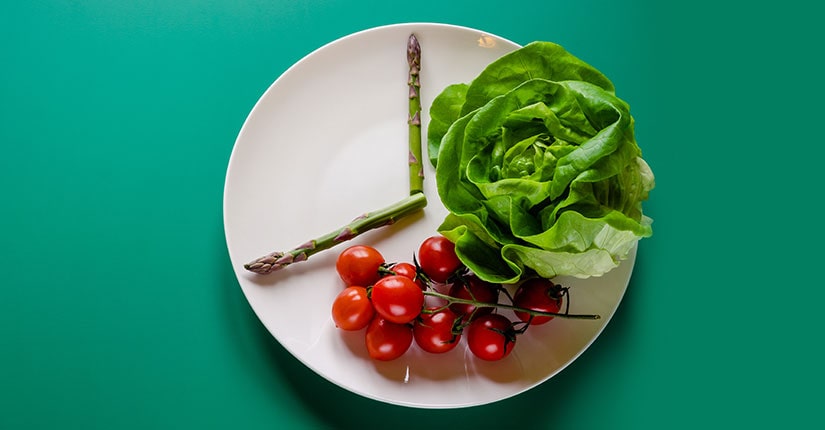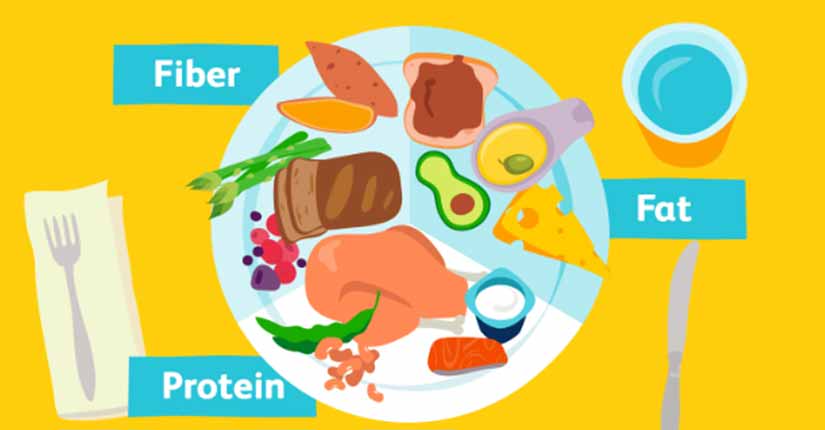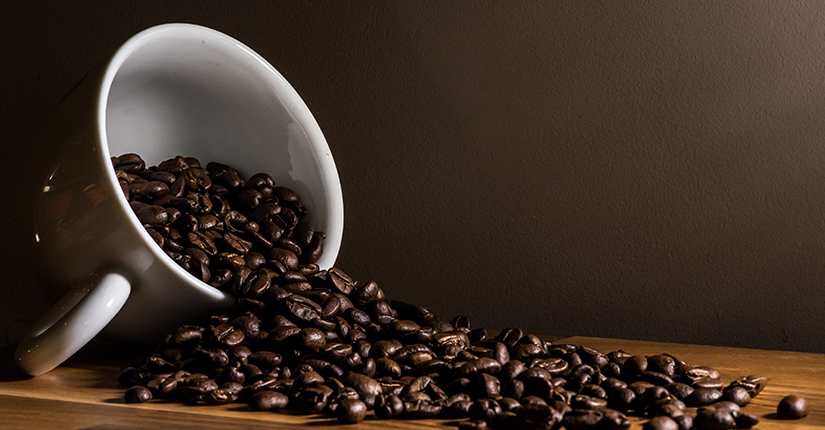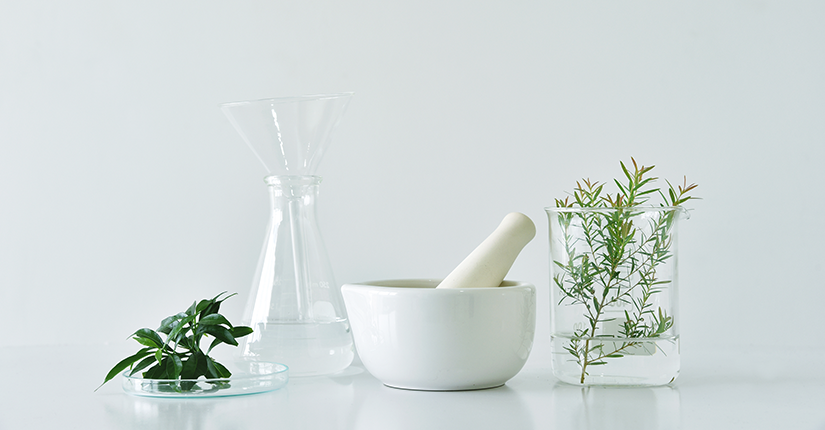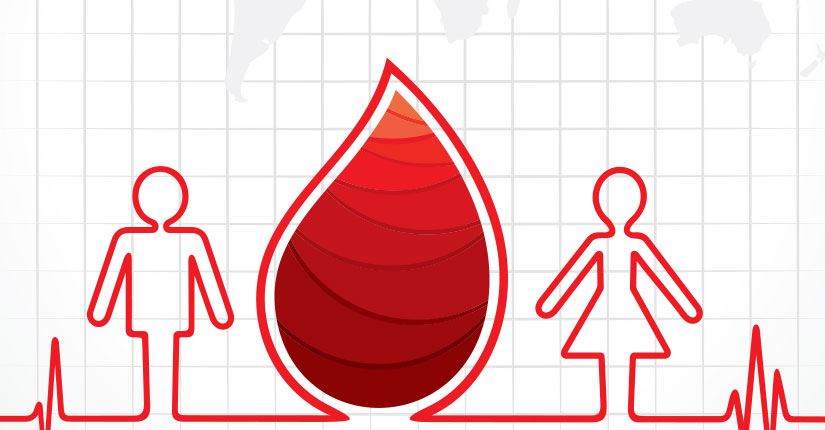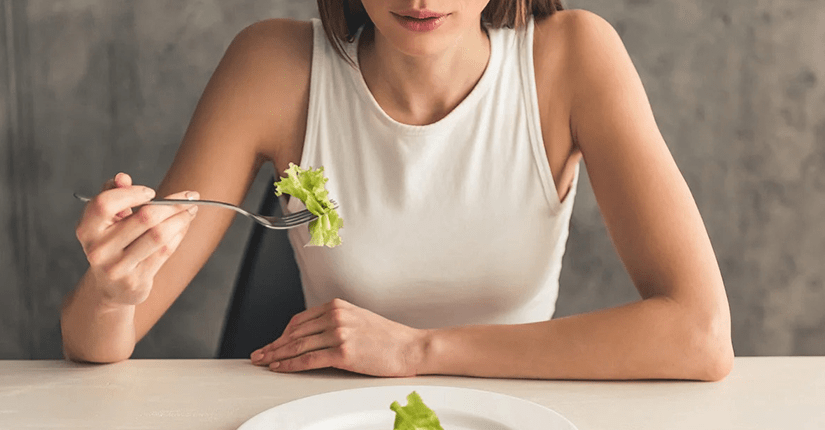The Impact of Cooked Food v/s Raw food on Gastrointestinal problem
By Nmami Agarwal 13-Apr 2021 Reading Time: 5 Mins
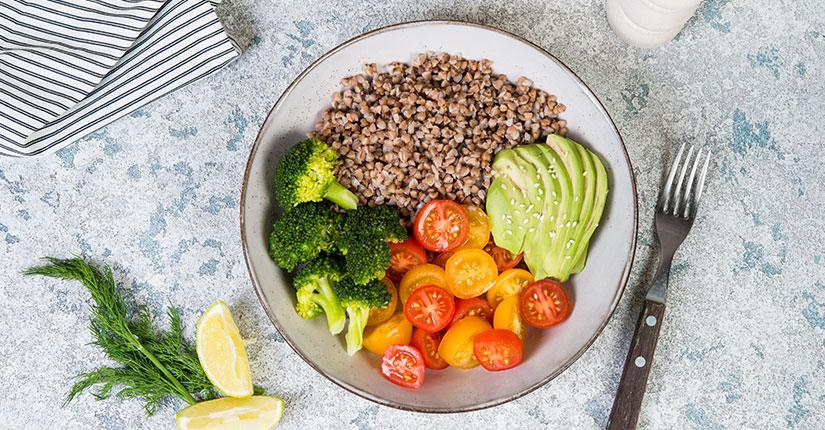
Since many years a food debate have been headed over “Cooked versus Raw food” that will never cease until there is conclusive evidence to support that either one is more beneficial. Lot of implications come with eating both, cooked and raw food, and your gut processes food differently depending on whether it is raw or cooked. The major factor to consider is “bioavailability” which refers to the amount of nutrients absorbed efficiently by the body.
Cooked Food Vs Raw Food on Gastrointestinal System
There are certain foods that will have better bioavailability when cooked and there are certain foods that will have better bioavailability when consumed in raw form. But when it comes to gastrointestinal health, especially in individuals facing gastric disturbances, considering cooked food is safe as it is free from food-borne diseases. Cooked food is safe to consume since most microorganisms cannot survive in high temperatures, thus eliminating the risk of contamination. It is also easier to chew and digest.
On the other hand, raw food is eaten in its natural state, so it might contain dangerous microorganisms that are eliminated by cooking. Consuming lead to food-borne illnesses that lead to symptoms like vomiting, fever, diarrhoea, and abdominal pain. Catching on an illness is one of the major concerns of eating raw food.
But when it comes to managing gastrointestinal symptoms, following factors should be kept in mind before choosing from raw or cooked foods:
Over to you
The bottom-line is, your diet should comprise of both raw and cooked food items from time to time and it all boils down to how healthily your gut is behaving. Simply consuming foods in either cooked or raw form (one method only) may not optimize nutrient profile. So, keep a variety and pay attention to your gut!


